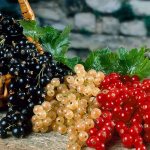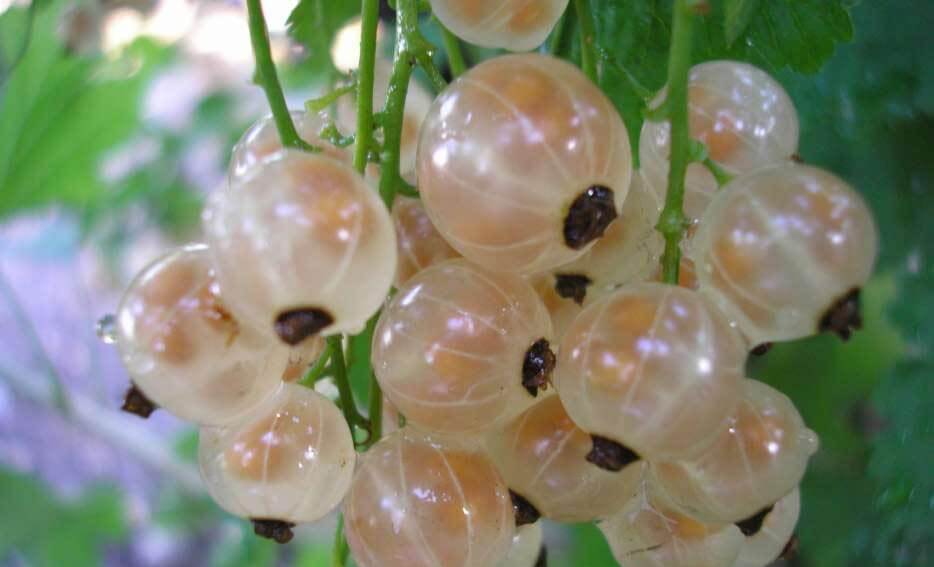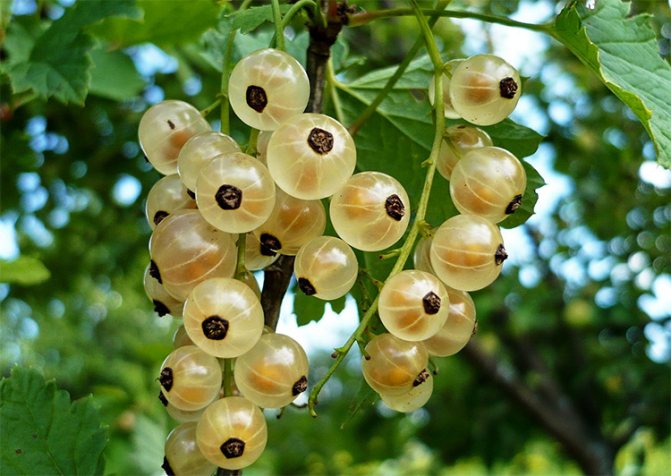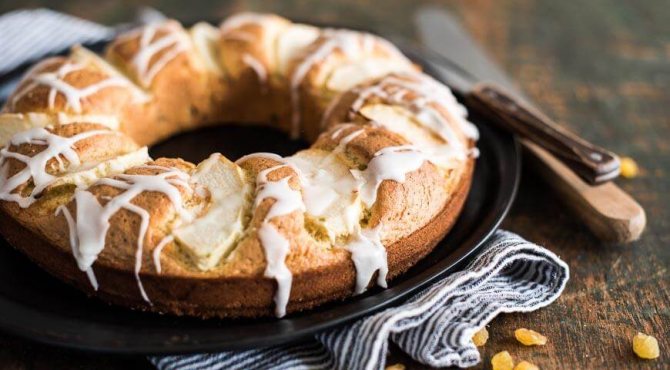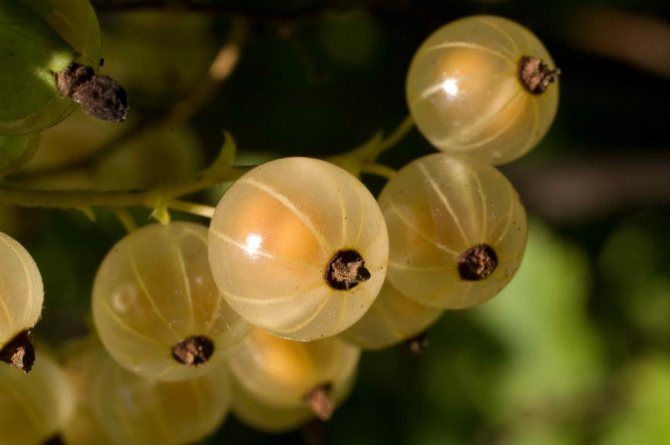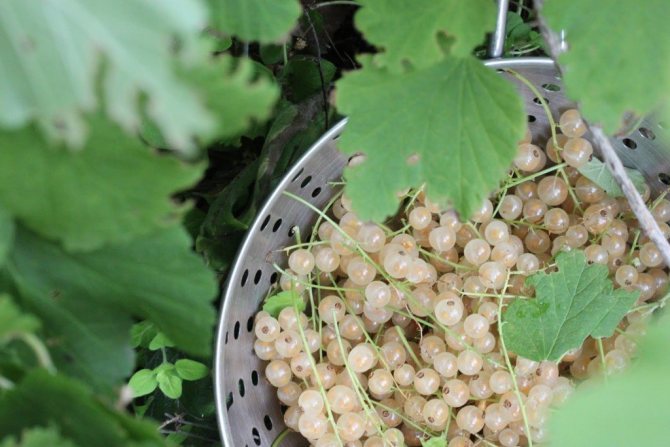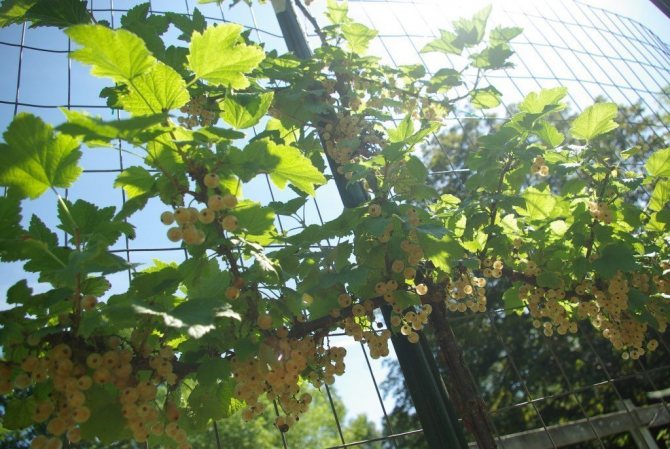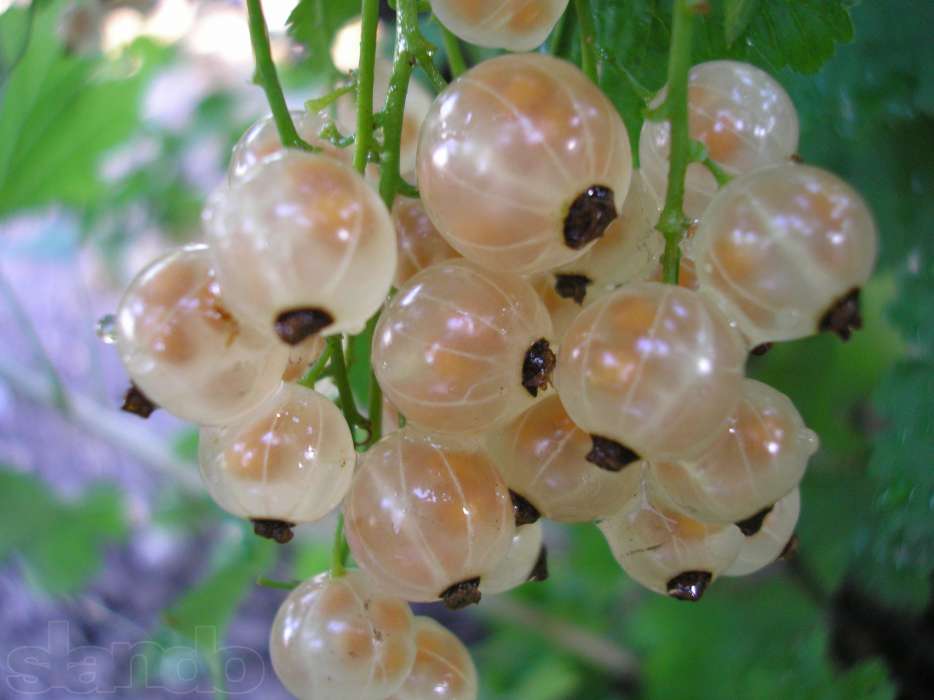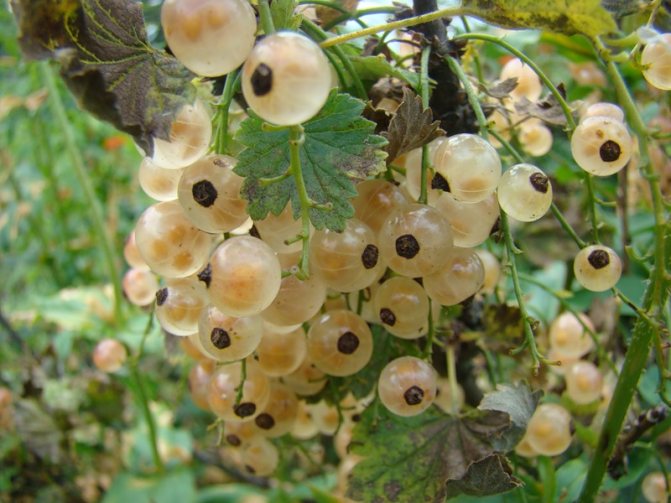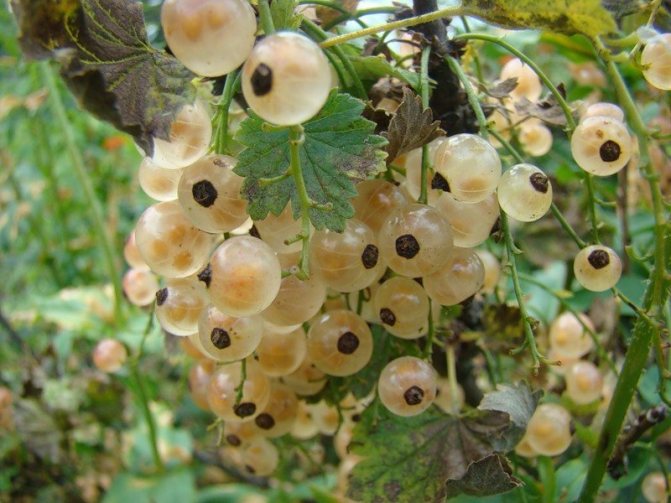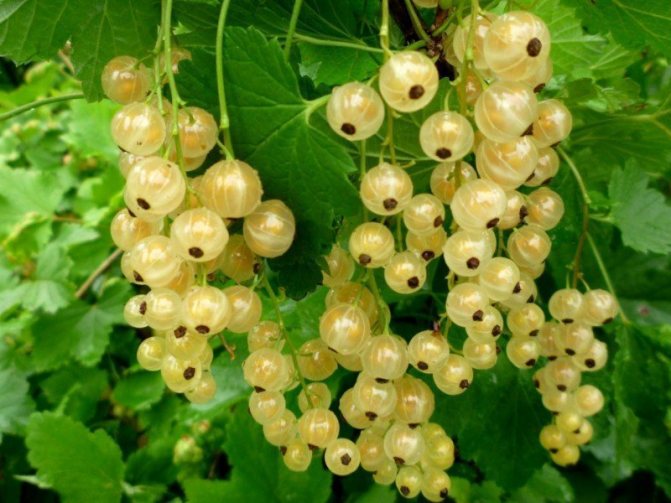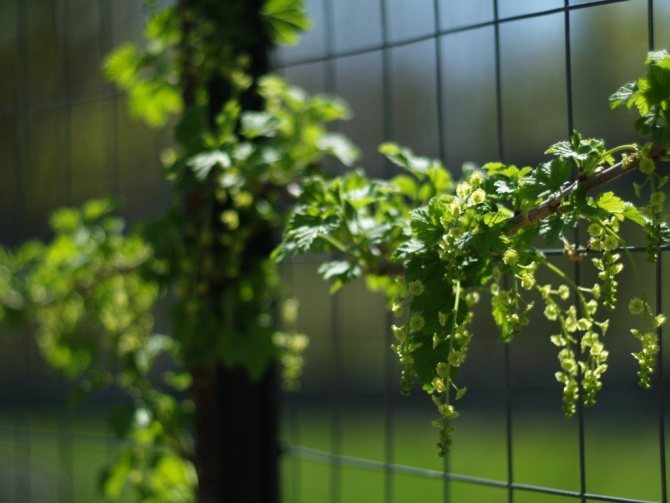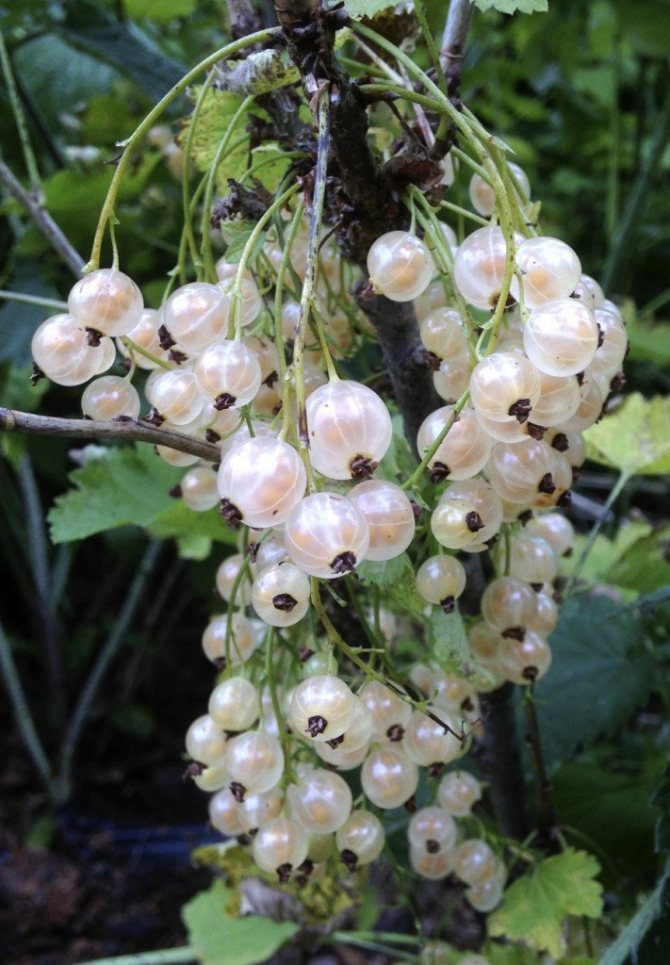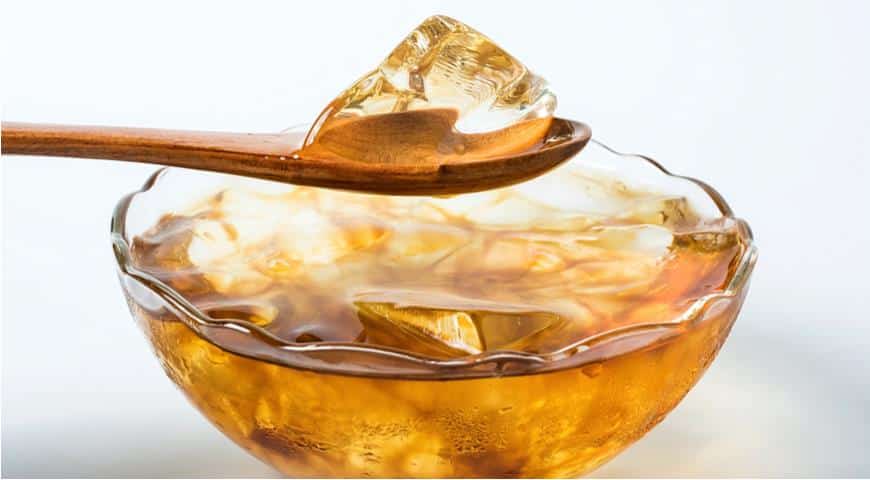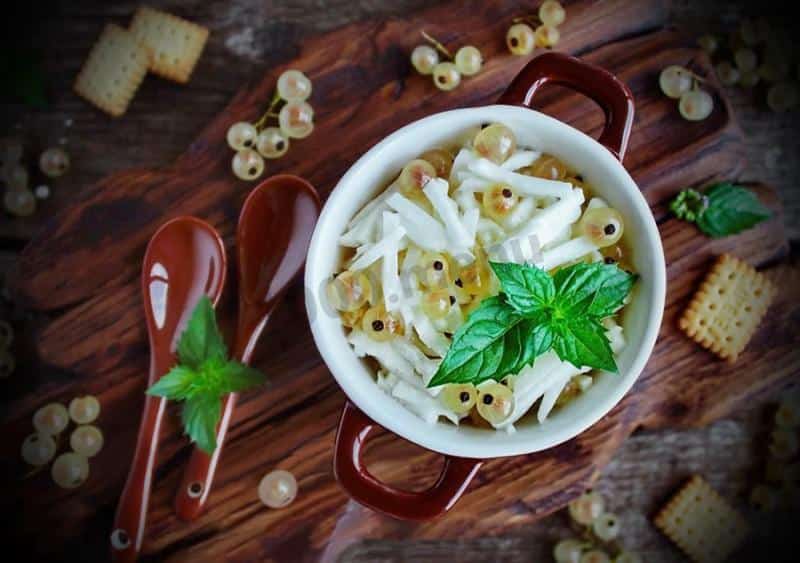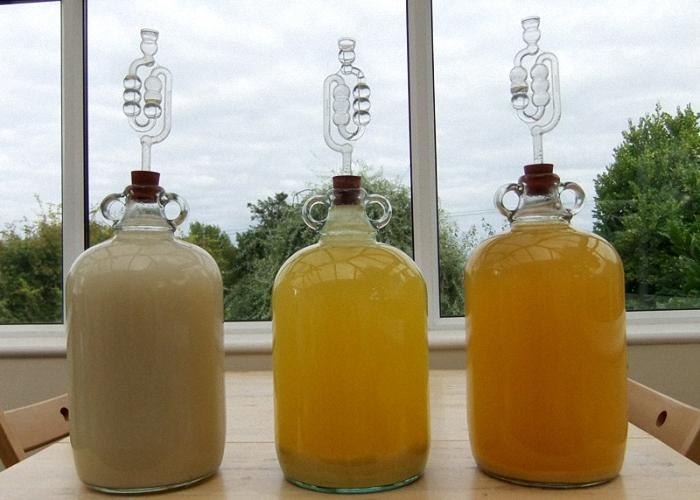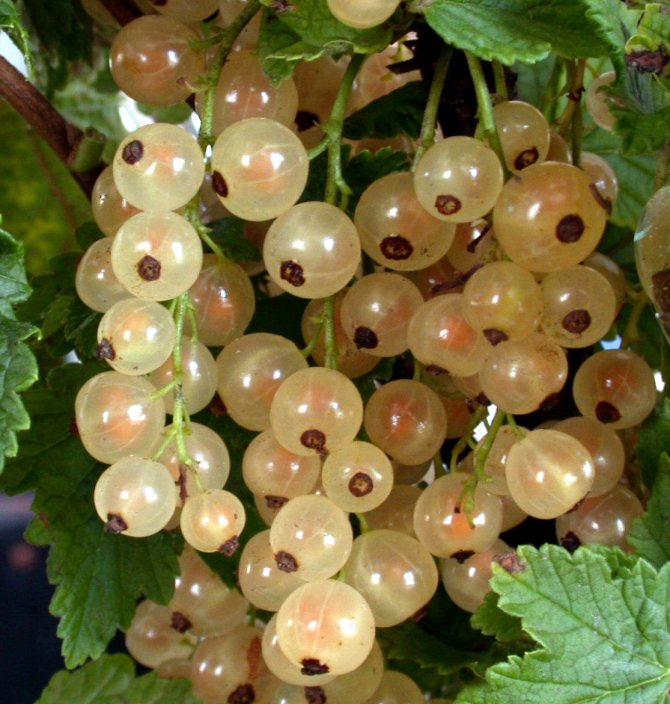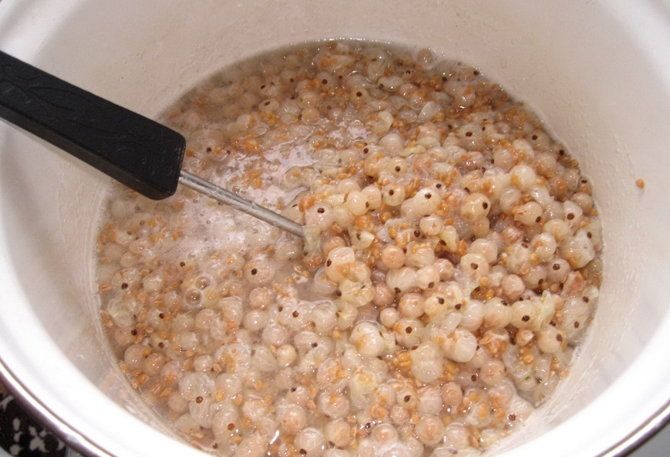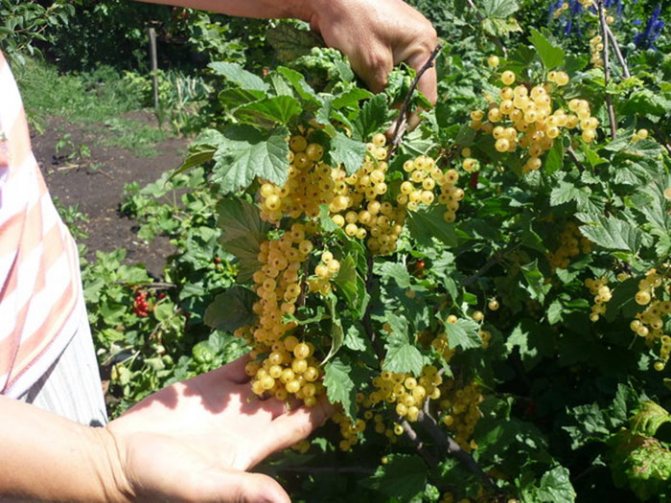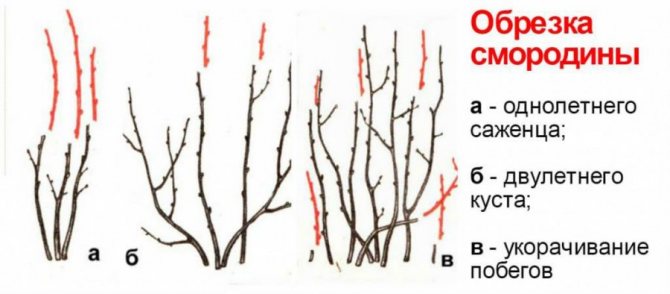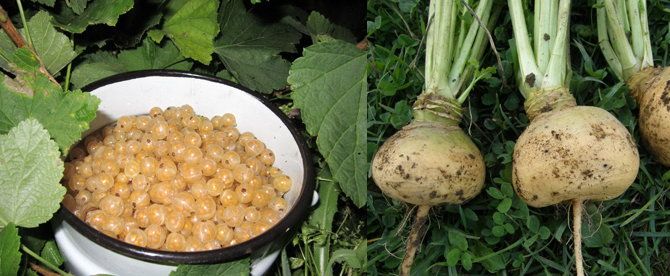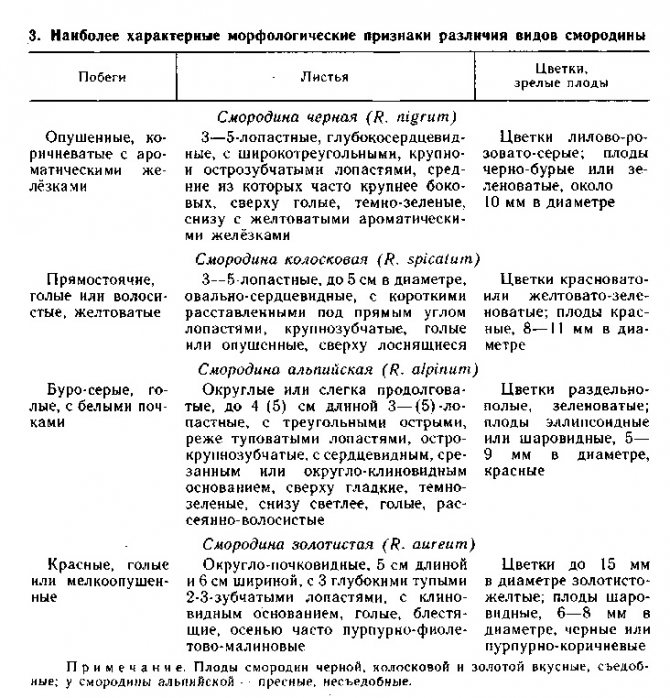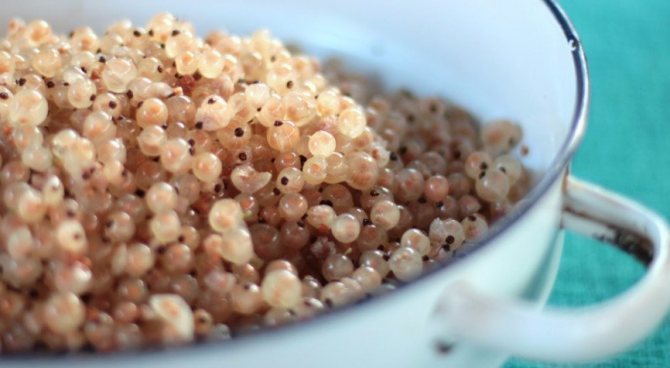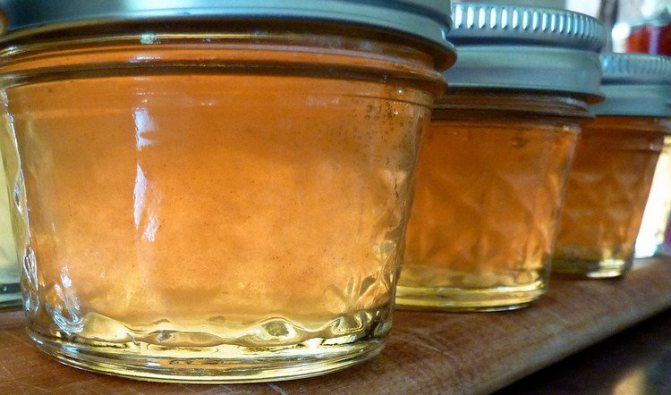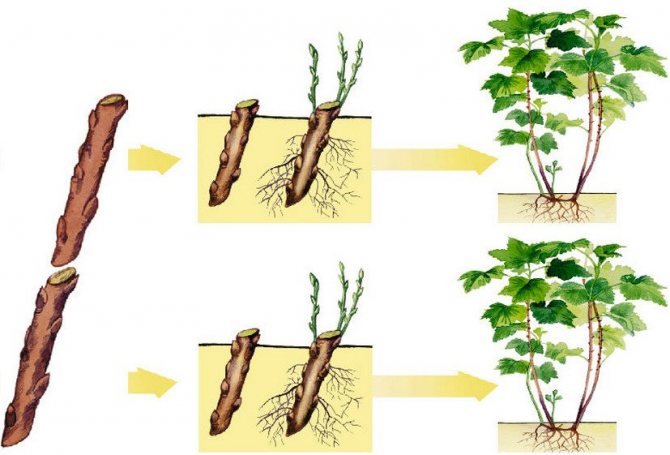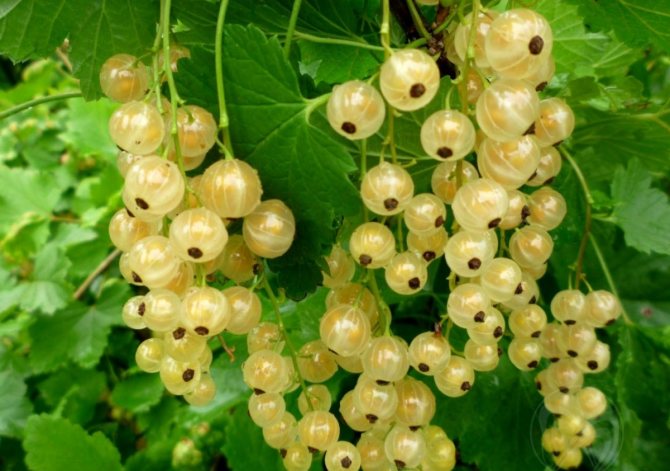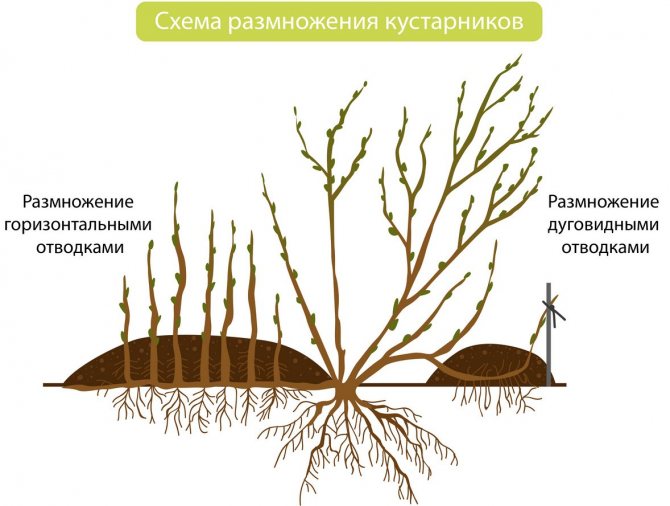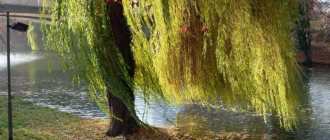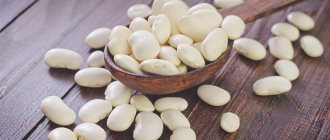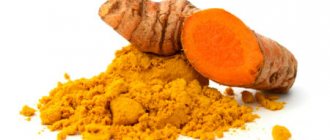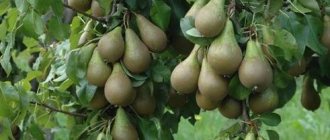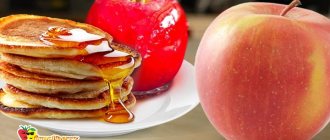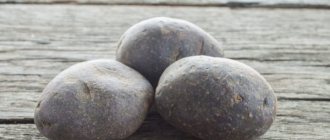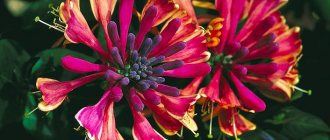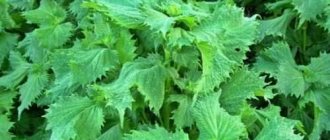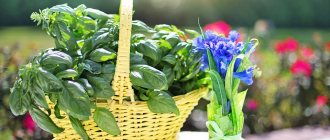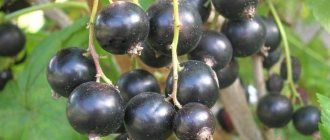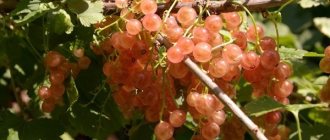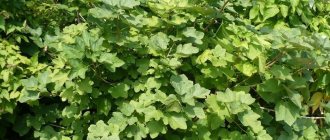Berries, fruits and other plant products are the most important part of the human diet, because they are a storehouse of vitamins and minerals. The familiar currant, rich in vitamin C, is often found in orchards and vegetable gardens. Usually gardeners grow only red and black, and white currants are still far from the popularity of their "vegetable sisters". Why is she so deprived? Are people missing out on something because they don't know about this product? Or, on the contrary, does the berry have a negative effect and should not be consumed?
Benefits of White Currant
Unlike red, white currant does not contain dyes, therefore it does not cause allergic reactions, and it can be used by children from 6 months and pregnant women. Another advantage is that the berries are much sweeter than those of red-fruited plants. They make very tasty jelly, jam, and you can eat a lot of them fresh. Compared to red and black crops, white currants have a number of advantages.
- Immunity to major diseases.
- The yield is higher than that of a shrub with black and red berries.
- Good resistance to weather disasters.
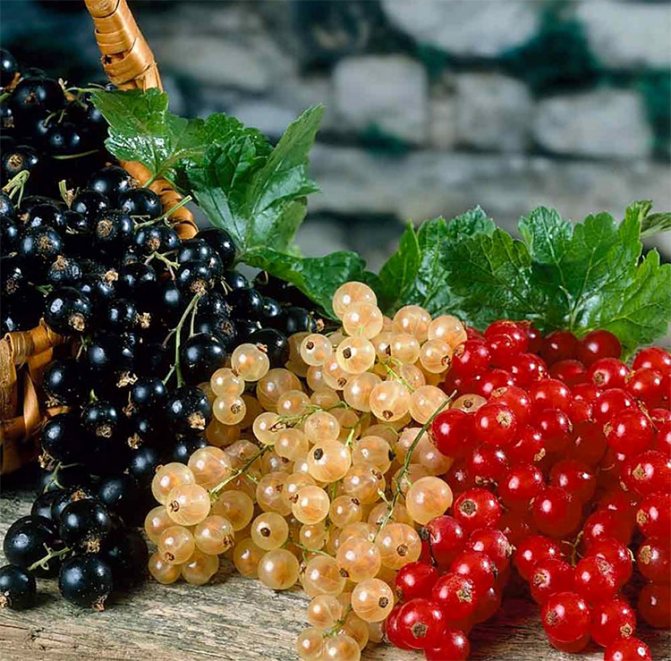
Three types of currants: red, white, black
The fruits of white currant do not fade for a long time. They are dense, do not crumble, during processing they form a jelly-like mass faster than other types of currants. Berries are not noticeable, birds peck them less. The bushes are unpretentious, with minimal maintenance they can grow on slightly saline soils and heavy loams.
Harvesting and storage
You need to harvest in dry weather, otherwise the berries will not be stored for a long time. Tear off with brushes, placing in baskets or wooden boxes. The capacity of the container is desirable no more than 3-4 kg, so that the lower fruits are not crushed under the weight of the upper ones.
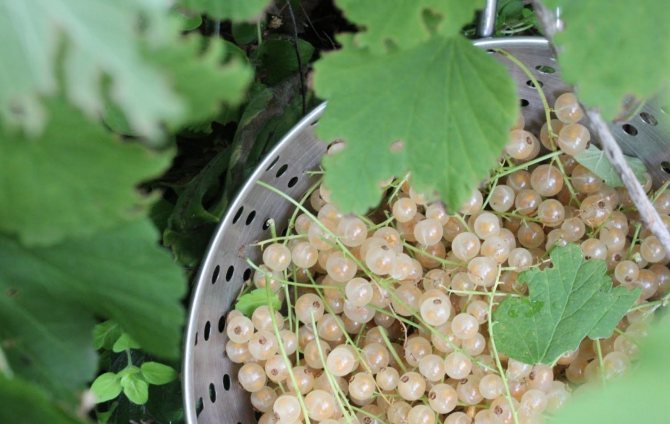

White berries can stay in the refrigerator on the fruit and vegetable rack for 2 months. Do not wash the product before placing it in the refrigerator. For the winter, the fruits can be dried or frozen, made jam or other preparation
So, the benefits of white currant are invaluable for both children and adults. The berry can also be used by those on a strict diet: its calorie content is only 42 kcal per 100 g. And knowledge of the rules of agricultural technology will help to avoid mistakes in cultivation.
The healing properties of white currant
In terms of vitamin C content, white currants are inferior to black ones, but they are in the lead in many other indicators. Berries contain the gelling substance pectin (1.1% of the mass), which removes poisons, heavy metals, pesticides, radioactive elements from the body, and restores the intestinal microflora. The combination of biologically active and mineral substances necessary for a person determines the most important healing properties.
- The fruits contain only 4-15% sugar, mainly fructose and glucose, so berries can be eaten with diabetes.
- Iron is responsible for supplying oxygen to all organs.
- Magnesium helps to avoid insomnia, get rid of chronic fatigue.
- Due to the content of organic acids, currant juice eliminates nausea, quenches thirst, helps to restore strength, and tones.
- Calcium strengthens bone tissue.
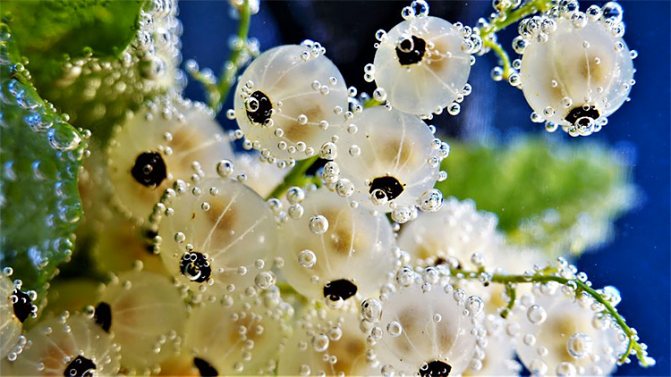

White currant beautiful photo
Tannins, vitamins, iron, magnesium and phosphorus in the composition remove salts, counteract inflammation, and regulate the general metabolism.Berries are rich in vitamin E, which prevents the appearance of wrinkles, thanks to which they are considered the "elixir of youth."
The best varieties of white currant
White currant originated from a large-fruited variety of common currant (R. vulgare Lam.) And red currant (R. rubrum L.), as well as interspecific hybrids bred on their basis. The varieties are self-fertile (do not require a pollinator), the bushes are tall (reach a height of 2 meters), spreading with long branches.
Now there are only a few dozen varieties of white currants, half of which can be considered obsolete and not meeting modern requirements. Today breeders are working to create plants with large berries without excess acid. Below are the 7 best varieties of white currant, which should be planted in the suburbs or in the middle zone of the European part of Russia.
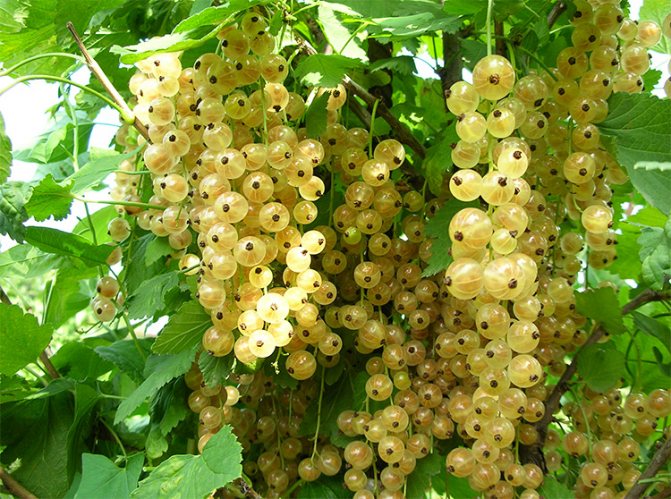

White currant, grade "Yielding"
Currant variety "Yield"
The variety is out of competition: it withstands severe frosts, almost does not get sick, gives yields up to 7.5-8 kg per season. The fruits ripen after July 10, they hang for a long time without falling. The plant begins to bear fruit 2-3 years after planting. Berries with a pea, 0.6-0.9 g, soft cream shade, with dry separation, sweet and sour, excellent dessert flavor.
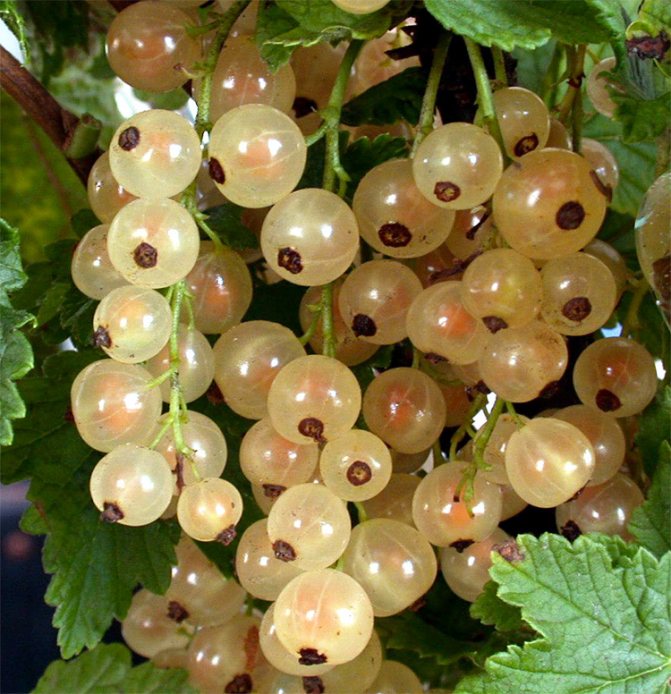

White currant, variety "Versailles"
Currant variety "Versailles white"
An old variety, developed by M. Bertin in France in 1883. It has a number of disadvantages: it is affected by anthracnose, in cold winters it can freeze slightly. Medium ripening, good yield up to 4.5 kg per plant. The berries are not large, light creamy, contain a lot of juice, sour, with a pleasant aftertaste. The main advantage is the lead in the amount of vitamin C - 61 mg per 100 g.
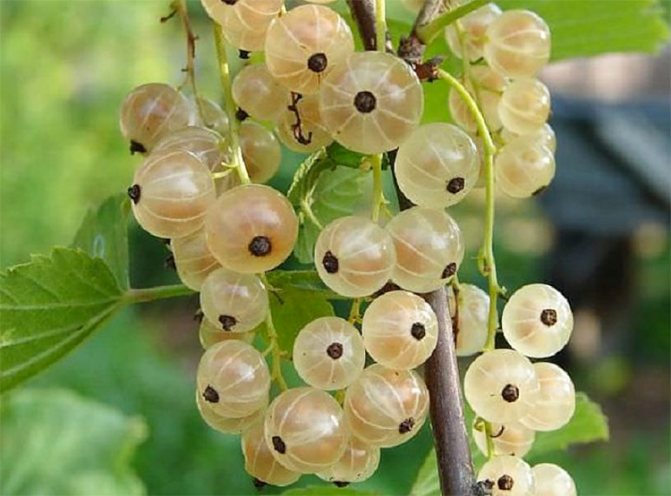

White currant, grade "Diamond"
Currant variety "White Fairy (Diamond)"
Dessert, culture of average consumption. The shrub is frost-resistant, not afraid of spider mites, gall aphids, fungal infections. It gives good yields up to 5.5 kg per plant, the currant ripens by the middle of summer. Fruits of medium size, 0.4-0.7 g, translucent, white, excellent refreshing taste, with sourness.
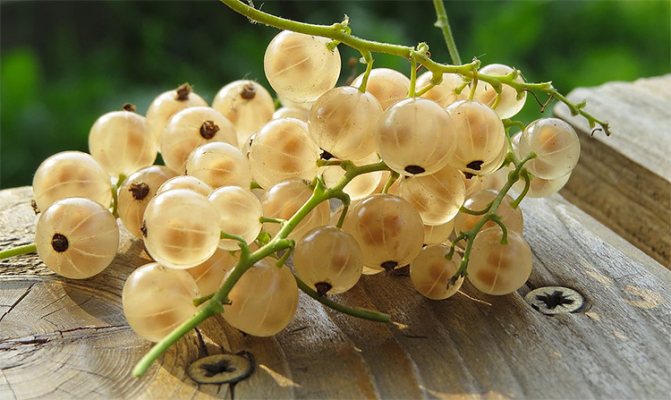

White currant, grade "Smolyaninovskaya"
Currant variety "Smolyaninovskaya"
A tall, spreading shrub, blooms late, so the flowers are not affected by spring frosts. Tolerance to subzero temperatures is high, it is distinguished by its complex resistance to fungal infections. The plant is of medium late ripening, the yield is not stable, it ranges from 4 to 9 kg in different years. The berries are relatively large, 0.6-0.9 g, almost transparent, white, sweet and sour, tasty (tasting mark 4.7 points).
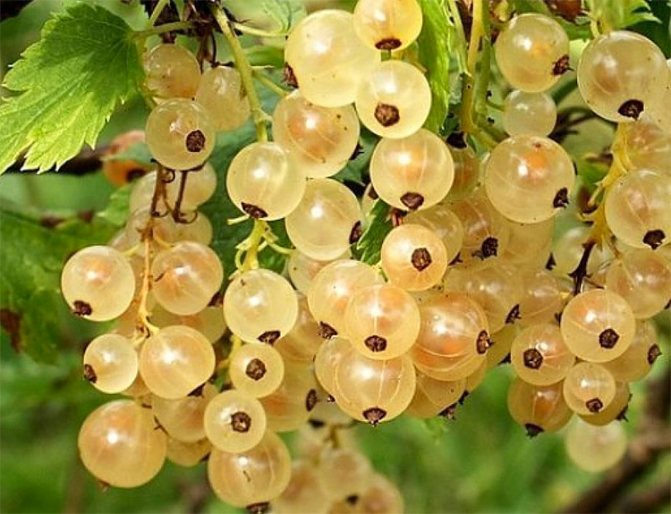

White currant, grade "Grapes"
Currant variety "White grapes"
A winter-hardy variety that resists most diseases. Average consumption period. The berries are large, ripen by July 20 and hang on the branches for a long time. Productivity 3-5 kg per bush. Fruits are white, with a slightly yellowish tinge, pleasant sweet-sour taste, dry separation.
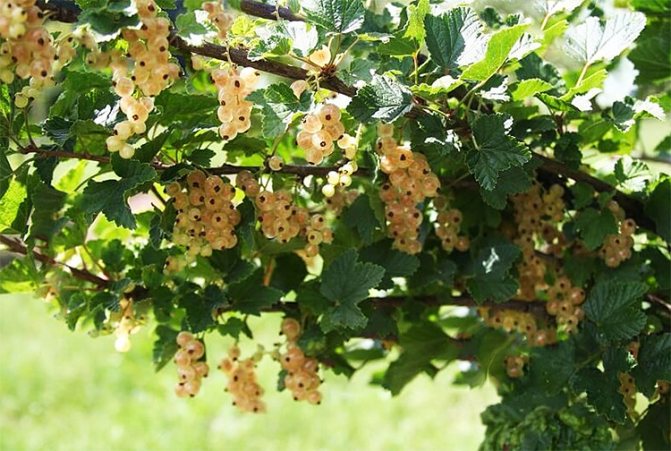

White currant, variety "Yuterborgskaya"
Currant variety "Yuterborgskaya"
An old variety obtained by botanists in Western Europe. Frost tolerance and pest resistance are not bad. Medium ripening, fruitful (7-8 kg of currants per bush). Advantages: large berries (0.7-1.0 g), do not crumble for a long time, contain many P-active components, vitamin C, pectin. Fruits are white, with a light cream shade, sourish, tasty.
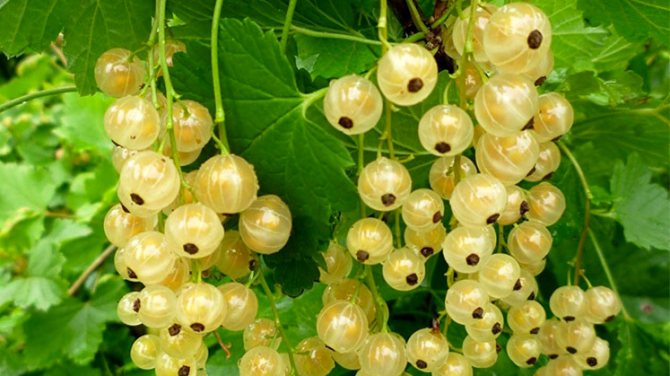

White currant, grade "Primus"
Currant variety "Primus"
The culture was bred in 1964 in the city of Bojnice (Czech Republic). Differs in high resistance to diseases, late spring and winter frosts. Mid-season bush, gives yields of 9-10 kg per summer. The berries weigh up to 1 g, are yellowish, with a pleasant sour taste, characteristic only of this variety.
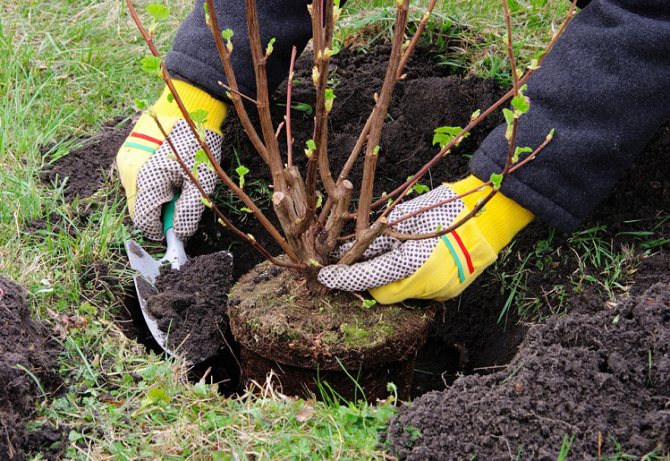

Planting currants
Biological features
White currant is a plant of the genus Currant of the Gooseberry family. The first representatives of the shrub are a product for the “domestication” of wild red currants. Today breeders have created many interesting plant varieties.
Description of the plant:
- shrub up to 1.5 m high (with good care, some varieties grow up to 3 m);
- shoots are covered with greenish-brown bark (its color darkens over the years);
- the berries are round or slightly elongated;
- taste: sour to sweet;
- colors: all shades of yellow, pink, cream;
- flowers are green-yellow, collected in a brush;
- the leaf has 3-5 lobes, the edges are serrated.
Gardeners like that the plant is resistant to shedding: after ripening, the berries stay on the branches for a long time.
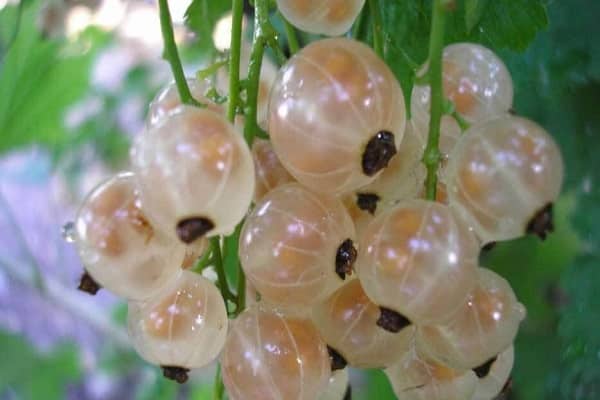

How to properly plant white currants on the site?
An even area illuminated by the sun is chosen for planting, otherwise the bush will give low yields, and the berries will not accumulate enough sugar and will be sour. If you place the currants on the southern or southeastern side of the fence, then the hedge will protect it from cold winds.
Features of agricultural technology when growing white currant
- The best time for planting in the ground is spring, but autumn planting is also allowed.
- Pits, 50 cm wide and 40 cm deep, are dug in the fall or 30 days before the seedlings are assigned to a permanent place at a distance of 90-120 cm from each other.
- At a pH of 4-5, lime 0.3-0.7 kg / m2 is introduced into the ground. Currants do not like acidic soils.
- Complex mineral fertilizer and manure or humus (4-5 kg per plant) are added to the planting holes.
- For planting, choose 1-2 year old seedlings with 3-5 developed skeletal roots, 15-20 cm long.
- The plant is planted evenly, 2-3 cm deeper than it grew before.
- A roller is made along the diameter of the planting pit so that the water does not drain. Currants are poured from a watering can with 12 liters of water.
Attention!
When forming a garden, choose varieties of different ripening periods so that there are fresh berries from early July to mid-August.
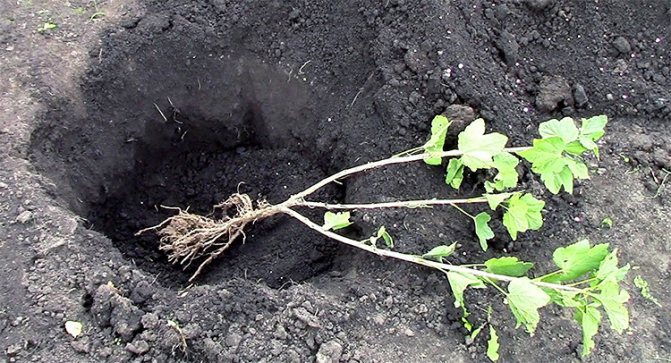

Currant seedlings roots
White currant is self-fertile, does not require a pollinator, but when several bushes of different periods of consumption are planted nearby, it gives a yield 10-15% higher than when it grows separately. For a family of 5 people, 5 bushes are enough to provide themselves with fruits and products of their processing until next summer.
Correct care
Like other types of currants, white currants also need care. Moreover, you should not forget about it, otherwise poor care will directly affect the yield. Young shrubs require most attention.
In the first year of life, they need to be watered at least once a week. If the weather is rainy, then watering can be skipped. In the first three years of life, young shrubs do not need top dressing, since during planting a sufficient amount of mineral and organic fertilizers was introduced into the pit. However, after each watering, the trunks must be mulched to prevent moisture from evaporating quickly. In addition, the plantings are constantly inspected for the identification of diseases and pests.
For adult currants, care is already different. It starts in early spring. Mineral fertilizers are scattered along the projection of the crown of the bushes even before the buds open on the crust of ice. Plants need nitrogen at this time of year. Therefore, dry dressing is done with urea or ammonium nitrate.
Important! Observe the dose. Only one tablespoon of saltpeter or urea is added per square meter.
After the leaves have already begun to bloom, sanitary pruning of currants is carried out. With the help of a pruner or a hacksaw, all dry, diseased and affected branches are removed. It is also necessary to remove all broken shoots. Before flowering, plantings should be sprayed with Bordeaux liquid or copper sulfate. It is important to follow the dosage instructions.
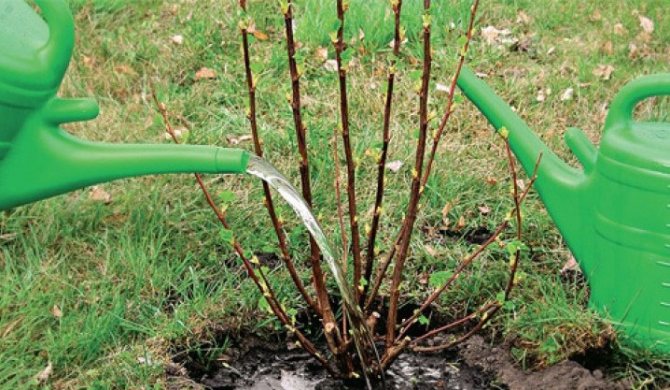

You can start watering currants from the end of April - beginning of May.
In the spring, shrubs are very much in need of water. Therefore, watering of adult plants can be carried out once a week. At the end of May, watering is reduced to once every two weeks. This is how the currants are watered throughout the summer. However, if the weather is very hot and dry, then you can water the bushes every week. On the contrary, in wet and cool weather, watering can be stopped altogether. Autumn water-charging irrigation is essential for currants. In Central Russia, they are held in late September - early October.
In the fourth year, white currants begin to be fed. The first feeding, as mentioned above, is carried out in early spring. The second time the bushes are fed in August. At this time, all perennial plants are preparing for winter. To help them in this, currant bushes are fed with phosphorus and potassium fertilizers. They will help plants survive the cold winter. Also, these fertilizers increase the immunity of plants and prevent diseases from affecting them. And one more feeding of currants can be done in the fall - in September - October. As well as in spring, autumn complex fertilizer can be scattered over the crown projection. The consumption rate is small - two tablespoons per adult bush.
White currant is an irreplaceable food product: useful properties
Eating fresh berries improves health and strengthens the immune system. Jellies, jams, wine, compotes, and preserves are traditionally made from the fruits. The pungent sour taste has made the white currant popular with renowned chefs. Sauces, gravies for meat and fish are made from it. She serves up trendy molecular cuisine. Amateur gardeners traditionally close cucumbers with this plant, use it in the preparation of barbecue marinades. Experiment, come up with your own recipes, and you will become real fans of this wonderful berry.
Contraindications
Now we know what useful properties white currant has. And she also has contraindications. Despite the obvious benefits, its use should be limited or even excluded if gastritis is diagnosed, especially with an increased level of acidity, or an ulcer. It is forbidden to use white currant (like any other) for people with blood diseases: with low coagulation, hemophilia. It is also contraindicated for patients with hepatitis. This is how the benefits and harms of white currant can affect the body.
Video: which currant is healthier - white, red or black?
Tags:
Share on social networks:
It will be interesting for you to read:
- How to grow actinidia in the Moscow region and the middle lane: formation and pruning, planting and care. Description of varieties of actinidia with photos
What varieties of plums are better to plant in the Moscow region and the middle lane: an overview of popular varieties. How to properly plant a homemade plum
The best varieties of apple trees with descriptions and photos: summer; autumn; winter. Features of planting an apple orchard
The best varieties of gooseberries with a description. How to grow gooseberries correctly. The recipe for royal gooseberry jam and the beneficial properties of the berry

